The NFB: Stories to Tell
THE NFB: NEW WAYS OF STORYTELLING FOR NEW WAYS OF SEEING
Founded in 1939, the National Film Board is a cornerstone of Canada’s collective memory and one of the world’s most acclaimed creative labs. A public producer and distributor of Canadian content, the NFB is a talent incubator that showcases the expertise of the country’s filmmakers and craftspeople. As a caretaker of the country’s audiovisual heritage, the NFB conserves, restores and digitizes its rich catalogue—ensuring this living collection is accessible to all Canadians. The NFB is also a key driver of Canada’s audiovisual industry and creative economy. The organization produces or co-produces more than 50 works every year, from thought-provoking documentaries to outstanding animated films. To date it has produced more than 14,000 works, 7,000 of which are available free of charge on nfb.ca. The NFB and its productions and co-productions have earned over 7,000 awards, including 11 Oscars and an Honorary Academy Award for overall excellence in cinema.

From left to right: Denys Arcand, Denis Villeneuve, Sarah Polley and Philippe Falardeau
Canadian directors Denis Villeneuve, Guy Maddin, Philippe Falardeau, Don McKellar, Sarah Polley, Sudz Sutherland, Atom Egoyan, Denys Arcand, and Robert Lepage have all made a film with the NFB.
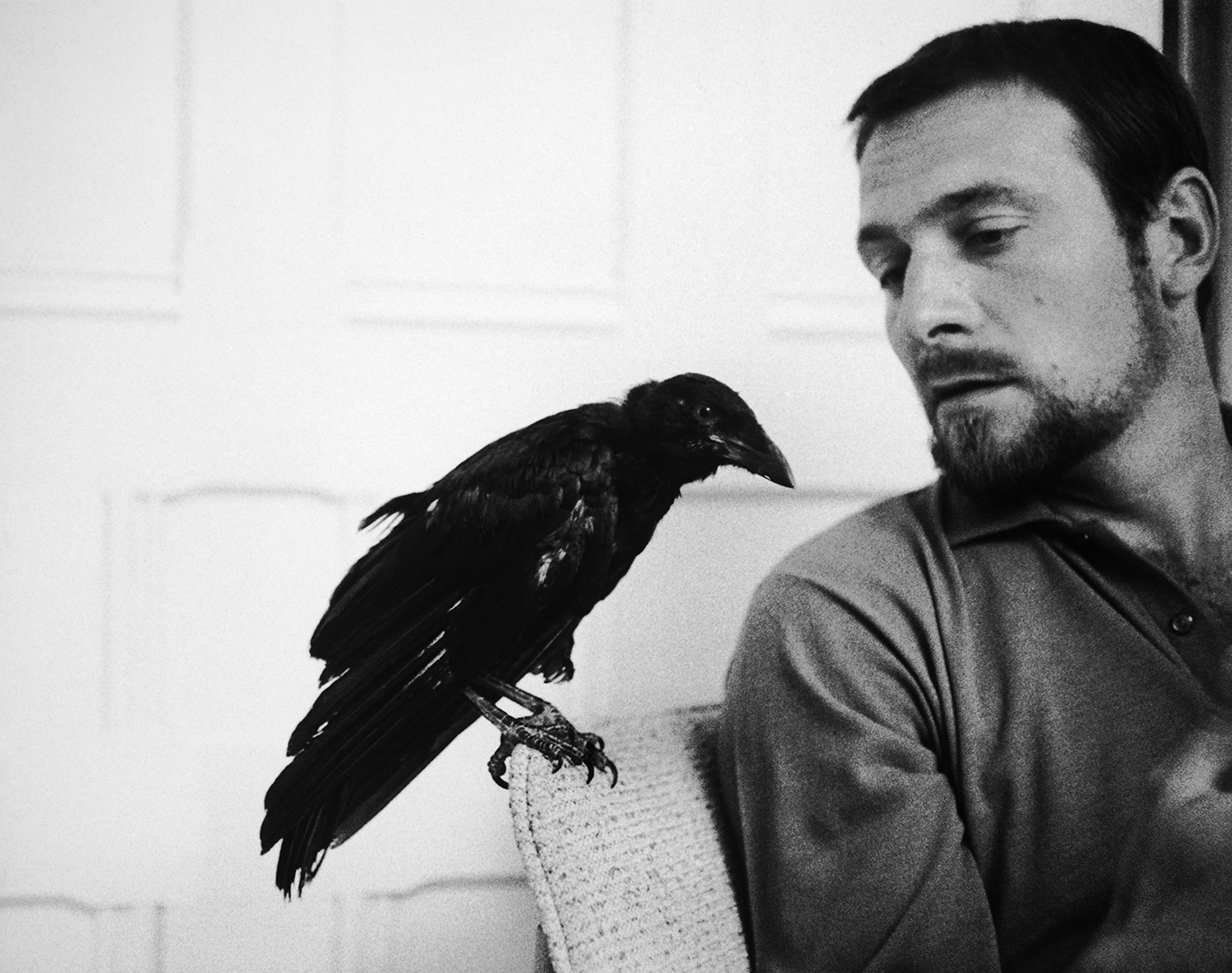
Portrait of actor Christopher Plummer taken during the production of Anne Claire Poirier’s film 30 minutes, Mister Plummer (1963).
The NFB has worked with the voice talents of actors Meryl Streep, Forest Whitaker, Donald and Rossif Sutherland, Leslie Nielsen, Christopher Plummer, Richard Burton, Xavier Dolan, Manuel Tadros, Guylaine Tremblay and Caroline Dhavernas.
– George Lucas was famously inspired to create “the Force” in Star Wars after watching Arthur Lipsett’s 21-87. There are two nods to this NFB film in the Star Wars series: Princess Leia’s cell number in A New Hope and ex-Stormtrooper-turned-Rebel-hero Finn’s First Order name, FN-2187.
– Roman Kroitor and Colin Low’s NFB film Universe was a key source for Stanley Kubrick’s vision of space in his masterpiece, 2001: A Space Odyssey. Kubrick also cast Douglas Rain, the narrator of Universe, to voice the hostile AI, HAL 9000.
– Every director selected to represent Canada at the Oscars for Best International Feature Film has previously worked with the NFB.
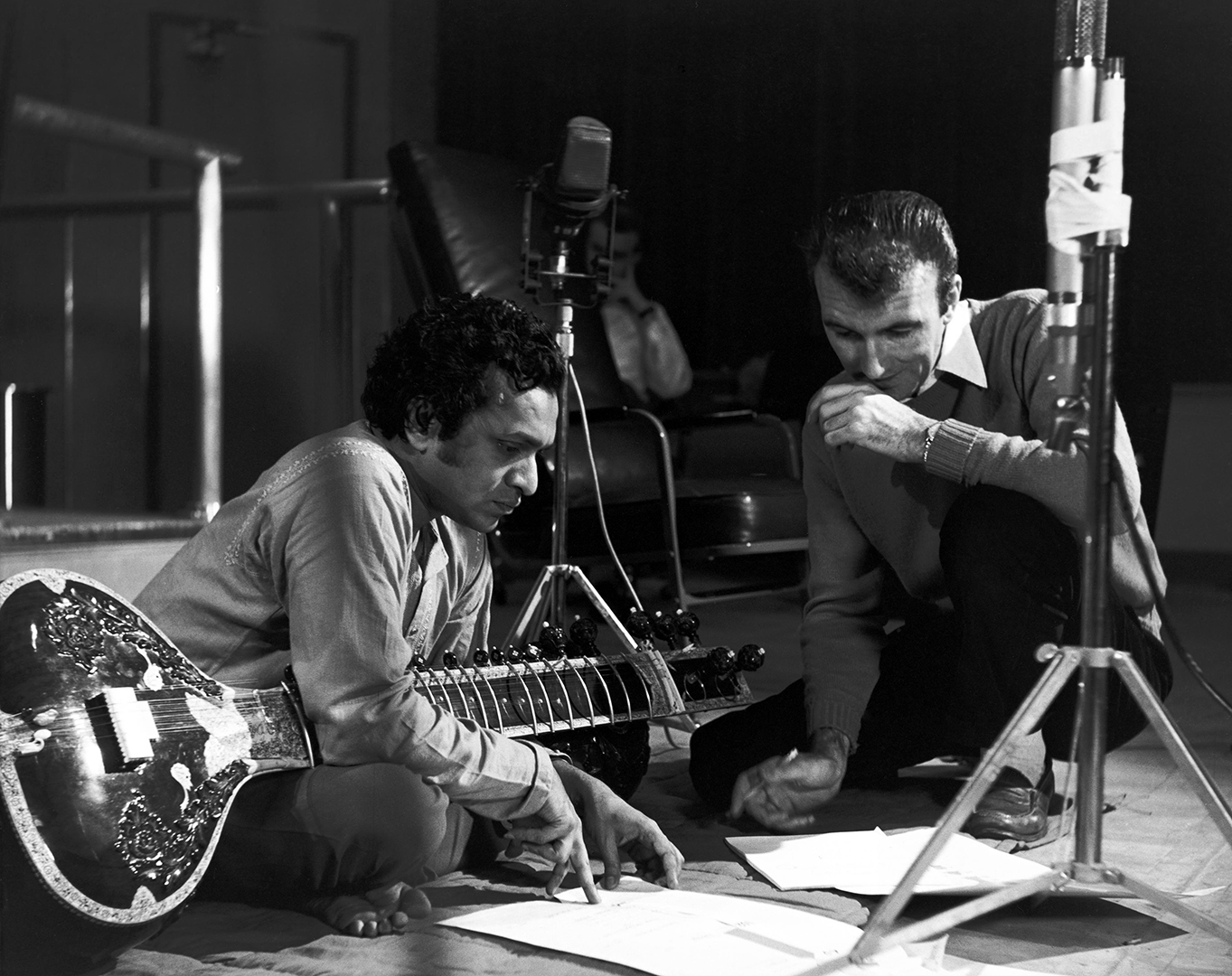
Ravi Shankar and Norman McLaren. Photo: Sam Tata.
The great Ravi Shankar came to the NFB to record music for Norman McLaren’s 1957 film A Chairy Tale.

The McGarrigle sisters performing during film by Caroline Leaf (1981).
Their song “Complainte pour Ste-Catherine” inspired Janet Perlman’s recent animated short The Girl with the Red Beret, and in addition, world-renowned singers Kate and Anna McGarrigle had a film made about them by Caroline Leaf in 1981: Kate and Anna McGarrigle. Their voices also appear on several films, including the soundtrack to John Weldon’s animated short, Canada Vignettes: Log Driver’s Waltz.
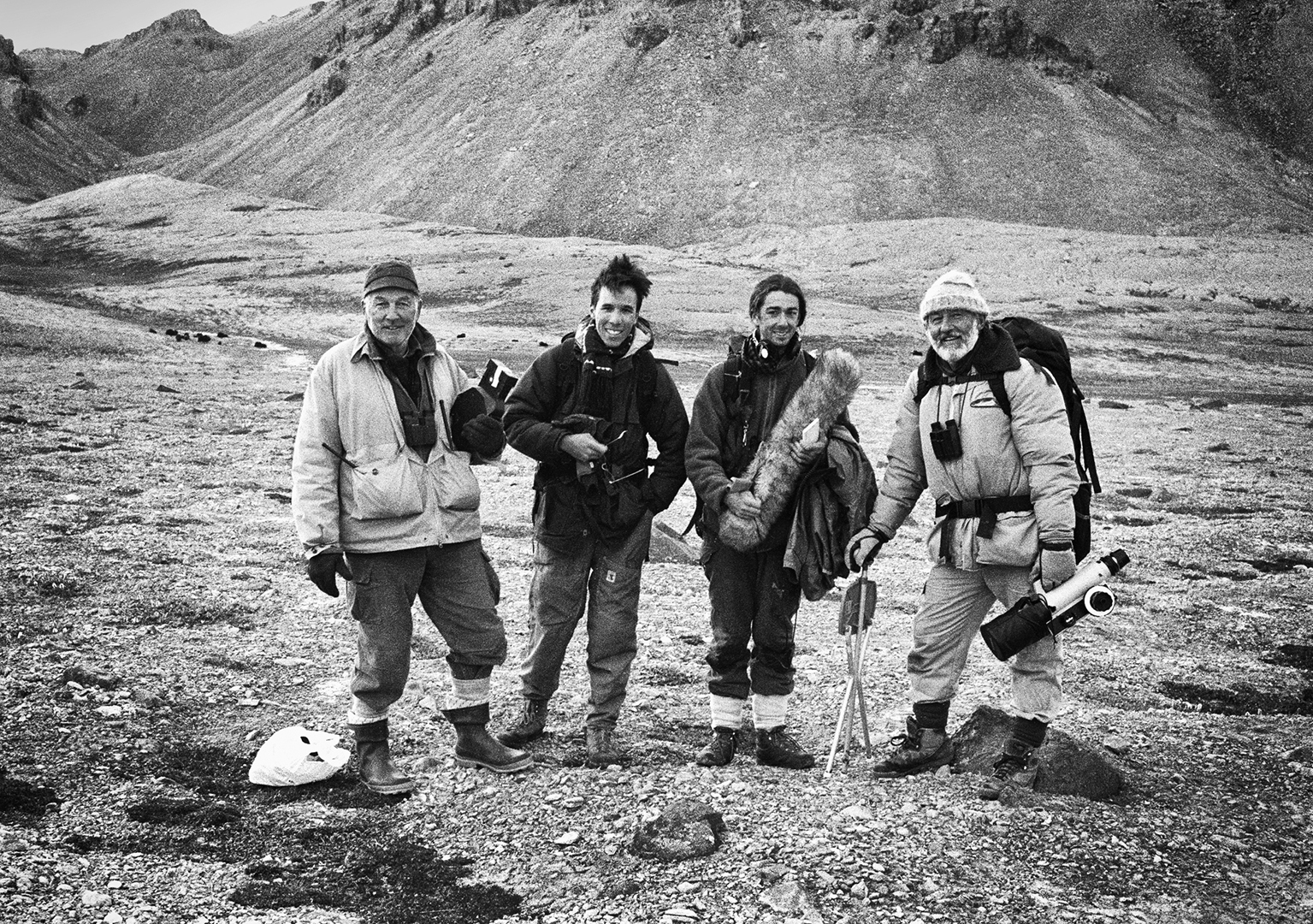
Left to right, director Pierre Perrault, Denis Villeneuve, Stéphane Drolet and Bernard Gosselin. Photo: Martin Leclerc.
Filmmaker Denis Villeneuve was part of the crew for one of Pierre Perrault’s films, Oumigmag or the Fickle Art of Documentary Filmmaking (1993).
Did you know?
The NFB…
…won the first-ever Oscar® for best documentary in 1941, with Stuart Legg’s Churchill’s Island.
…was where the foundations of Direct Cinema were developed in 1958 and expanded upon by legendary documentarians like Michel Brault, Pierre Perrault, Gilles Groulx, and Marcel Carrière.
…produced the first Canadian feature film selected to screen in competition at the Cannes Film Festival: Pierre Perrault, Michel Brault and Marcel Carrière’s Pour la suite du monde.
…helped pioneer technology at Expo 67 that would eventually become IMAX®.
…has invented and pioneered animation technologies and techniques that are still used today, including stereoscopy and pixilation.

Still from the film Hunger (1974), by Peter Foldès.
…created one of the first-ever computer-animated films in the world: Peter Foldès’s Oscar-nominated Hunger.
…created an all-female-led production studio called Studio D in 1974. Women held every key creative and technical position within the studio, whose films would go on to win three Oscars.
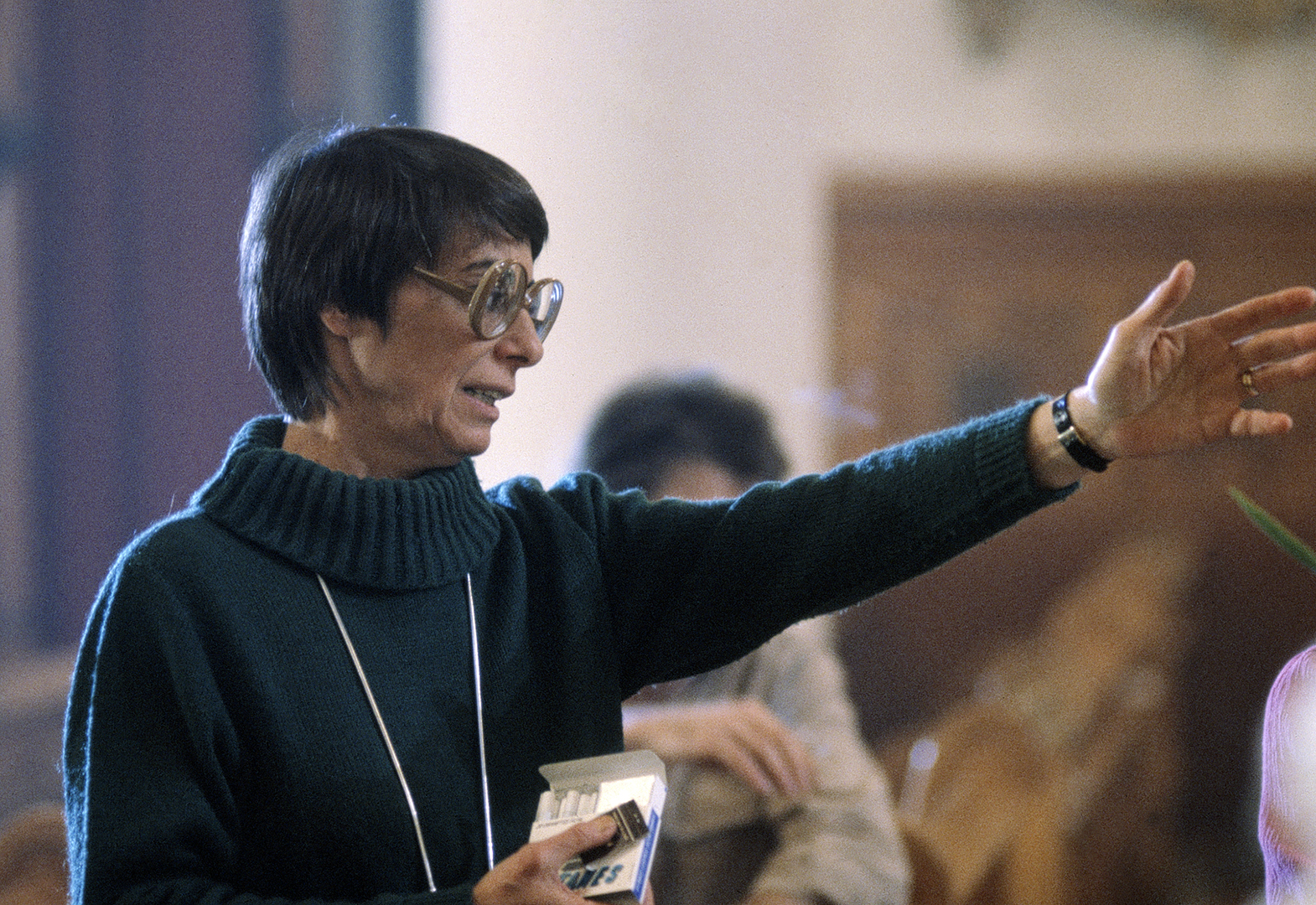
Filmmaker Anne Claire Poirier directing a scene during filming of Beyond Forty (1982).
…created, on the French production side, the En tant que femmes program in 1972, where films were produced and directed by women, notably Anne Claire Poirier. In 1986, the Regards de femmes Studio, led by Josée Beaudet, was founded.
… has proudly created programs and grants for decades—such as the Filmmaker Assistance Program, Aide au cinéma indépendant du Canada (ACIC) and Hothouse—aimed at encouraging up-and-coming, emerging, or developing directors from all walks of life in Canada.
… has one of the largest online collections of Indigenous-directed films in the world. In 2018, it launched its Indigenous Cinema web page, which features over 460 titles that tell Indigenous stories by Indigenous creators.
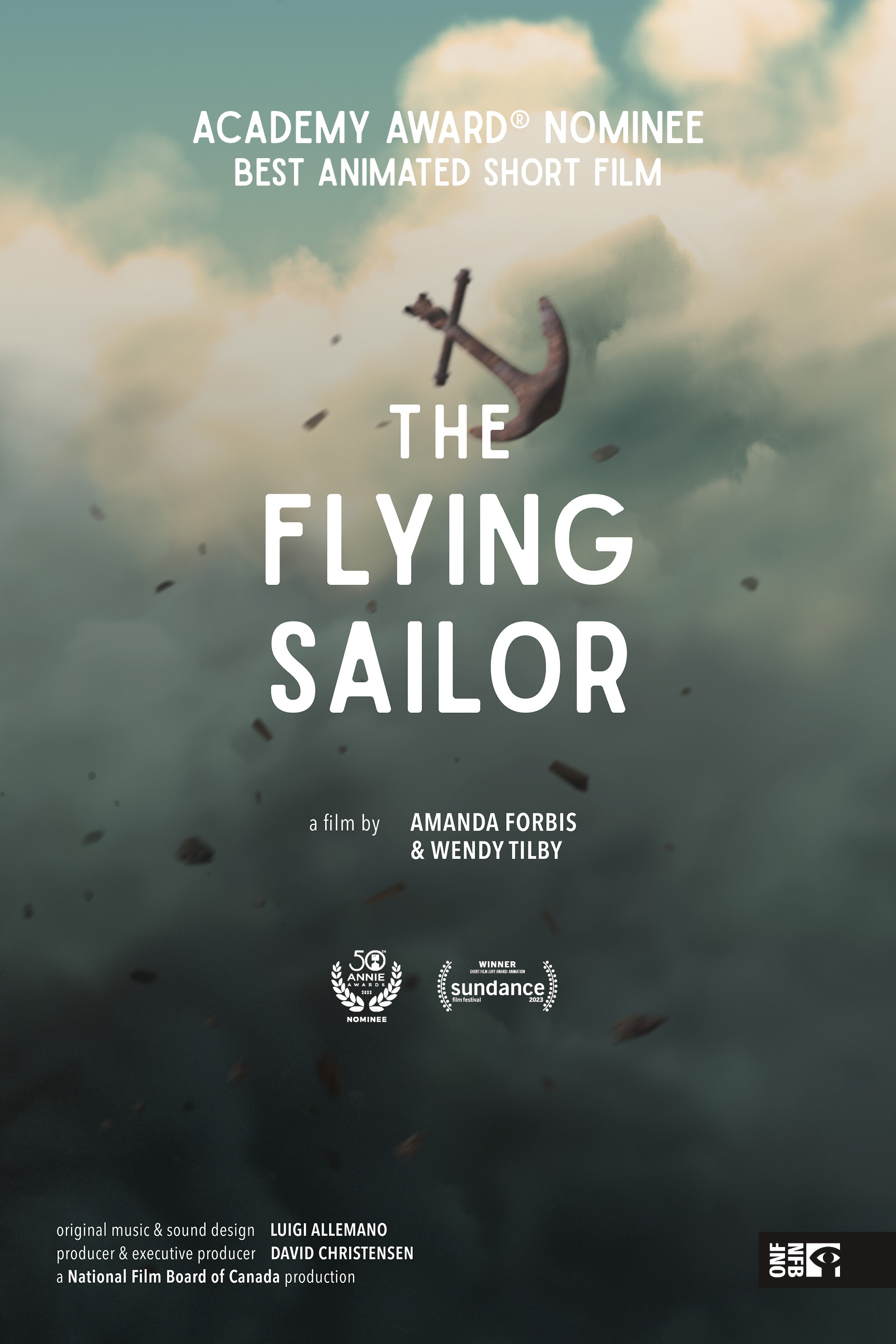
… produced Amanda Forbis and Wendy Tilby’s 2022 short The Flying Sailor, its 77th Oscar®-nominated film. In 2024, the honour fell to Nisha Pahuja’s To Kill a Tiger (Notice Pictures/NFB), which earned the 78th Oscar® nomination for an NFB production or co-production.
PROJECTS IN PRODUCTION
ENGLISH PROGRAM
At the NFB’s English Program, our producers work with creators from across Canada in the production of POV documentaries and auteur animation, helping to make the NFB a unique creative laboratory.
Here is an overview of upcoming works from our production units across the country.
onf-nfb.gc.ca/en/produce-with-the-nfb/english-program/projects-in-production-and-development-at-the-nfbs-english-program
FRENCH PROGRAM
The NFB’s French Program supports French-language auteur filmmaking. It takes a wide range of approaches to producing and co-producing a variety of works in a variety of formats, from social-issue documentaries to auteur animation. Its productions deal with major social and cultural issues affecting francophones in Quebec and Canada.
Here is an overview of upcoming works from our production units across the country.
onf-nfb.gc.ca/en/produce-with-the-nfb/french-program/projects-in-production-at-the-nfbs-french-program
The NFB at Îlot Balmoral
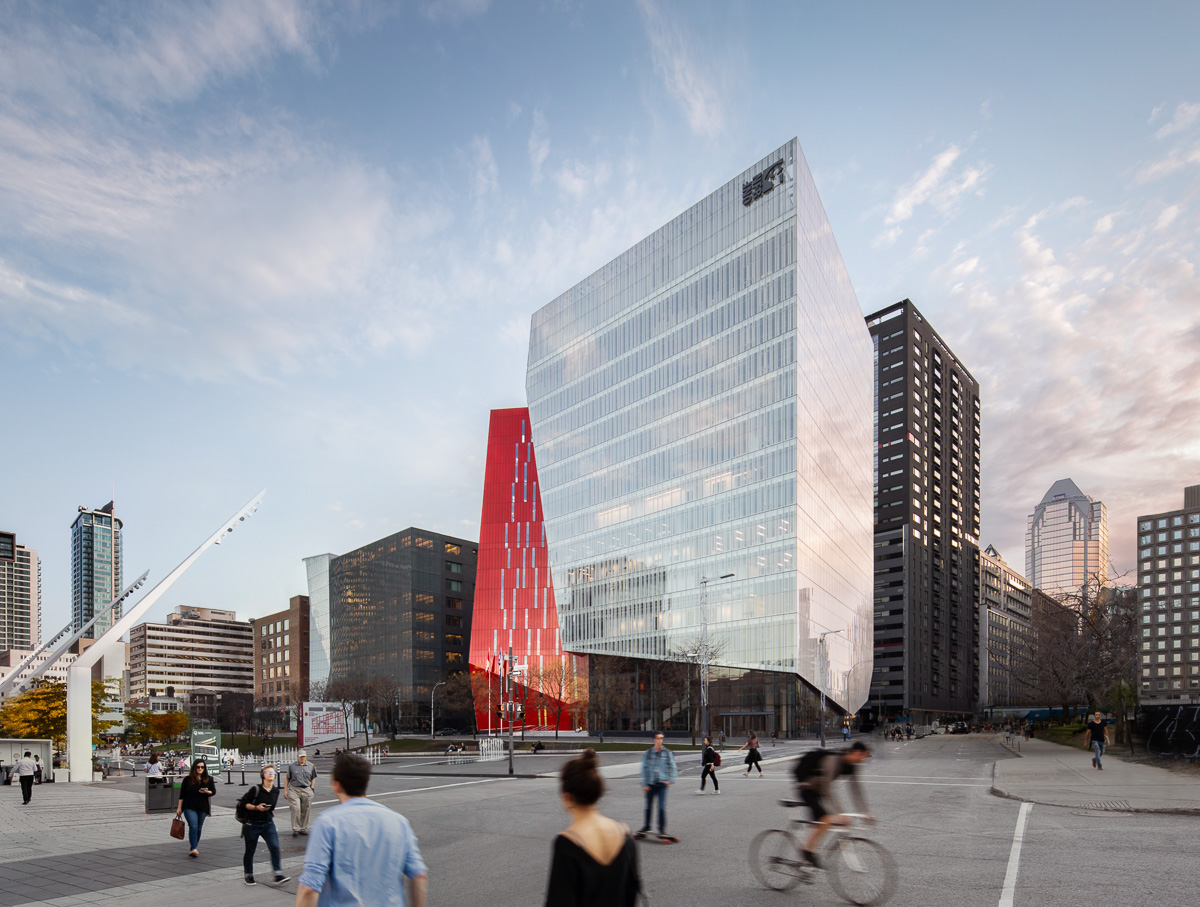
Learn more about NFB headquarters, located at Îlot Balmoral in the heart of Montreal’s Quartier des Spectacles since 2019: mediaspace.nfb.ca/epk/nfbalmoral.
NFB Headquarters, from Ottawa to Montreal
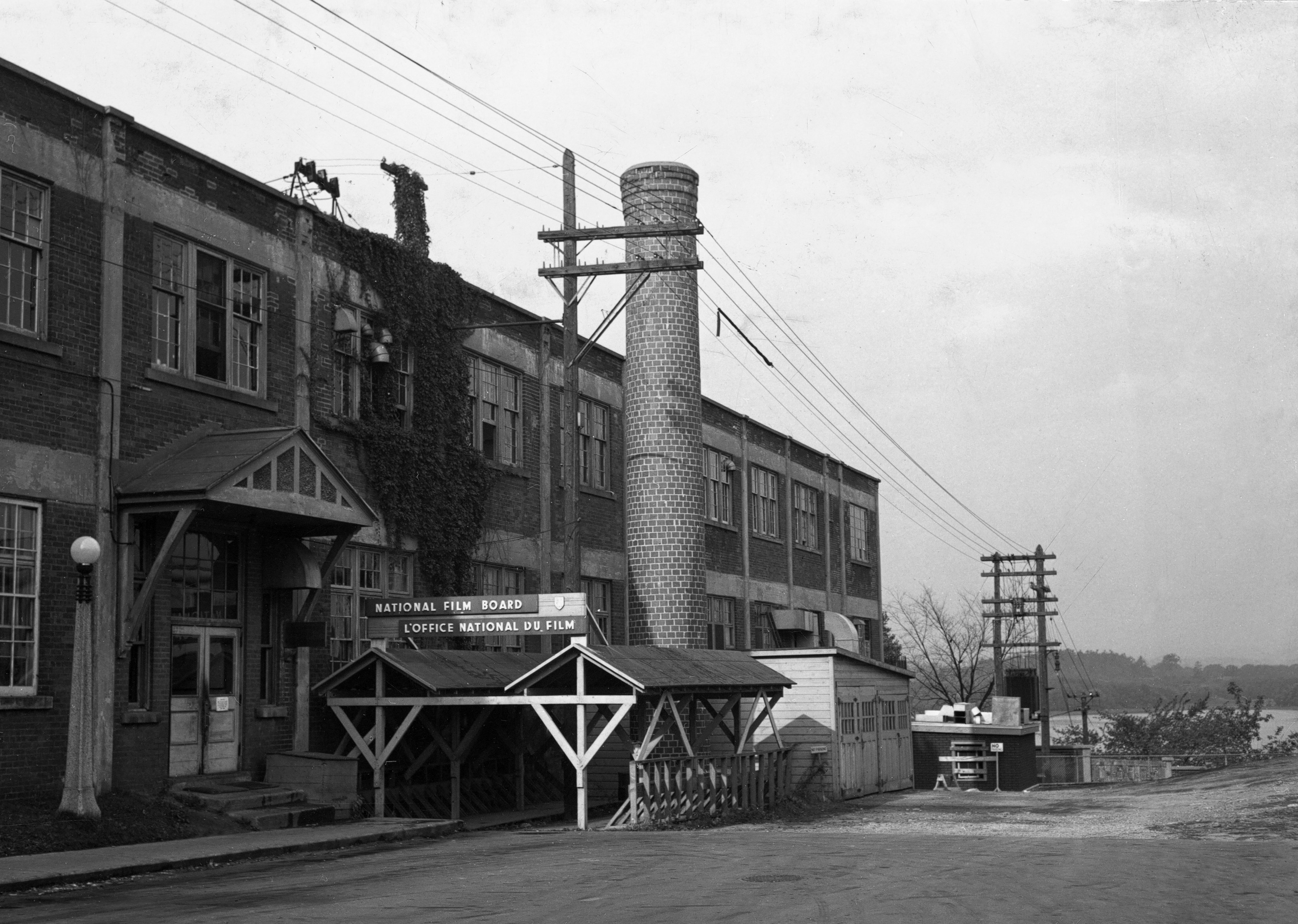
1939: NFB headquarters is founded in Ottawa, located at 25 John Street and in nine other buildings.
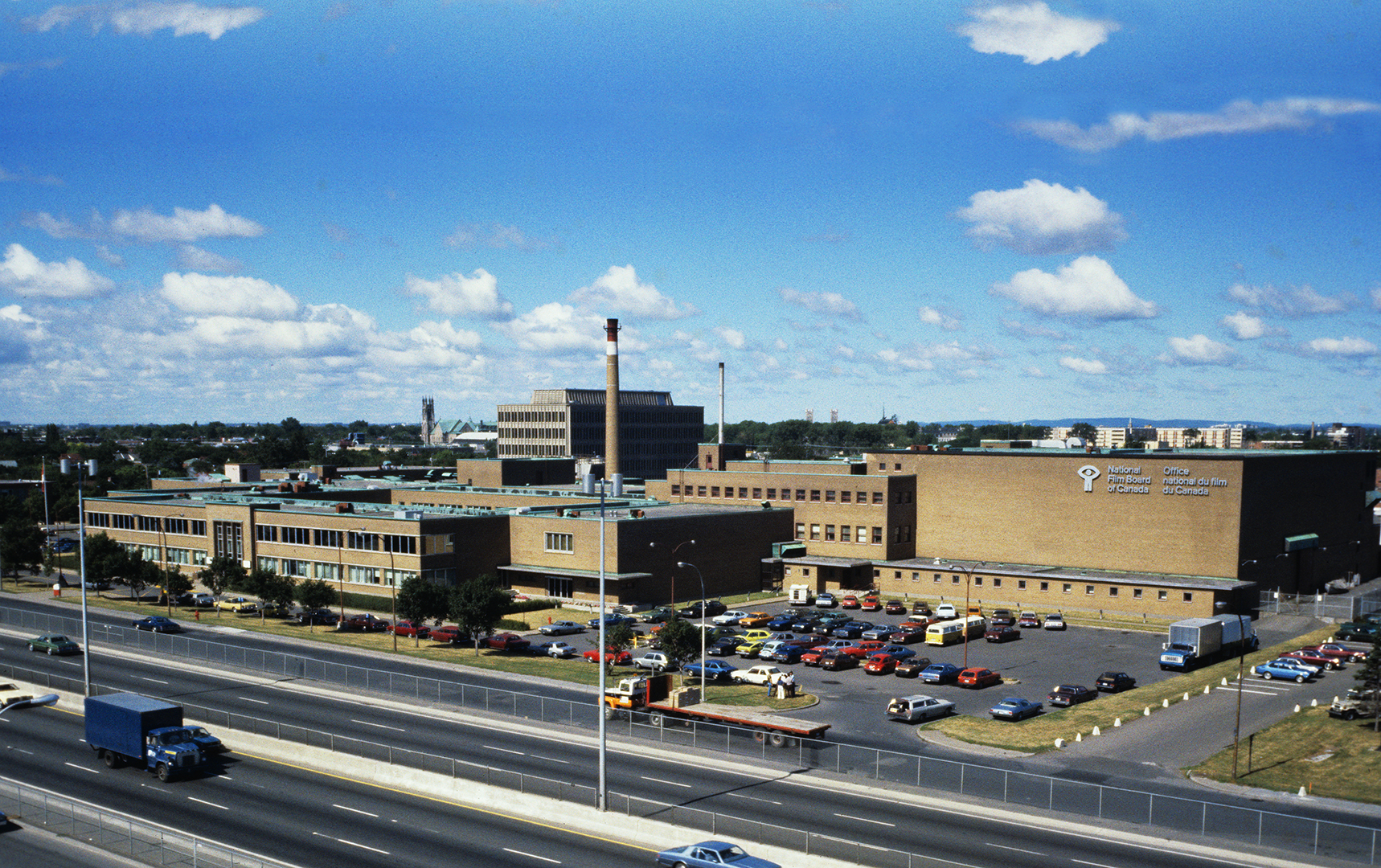
1956: There is a need to integrate all NFB activities under the same roof, in keeping with the highest standards of the film industry. NFB headquarters relocates to Montreal, to 3155 Côte-de-Liesse Road, which at the time was a brand-new, world-class, fully integrated motion-picture studio, the only one of its kind in Canada. Being in Montreal also allowed the NFB to recruit new talent from the city’s pool of creators, including more francophone artists.

2019: Working closely with six production units across Canada, the NFB’s headquarters at Îlot Balmoral in Montreal’s Quartier des Spectacles becomes a hub for creative, production and distribution activities, including audiovisual technical services. It is also home to the NFB Space and the Alanis Obomsawin Theatre, both accessible to the public.
The History of the NFB
WOMEN AT THE NFB
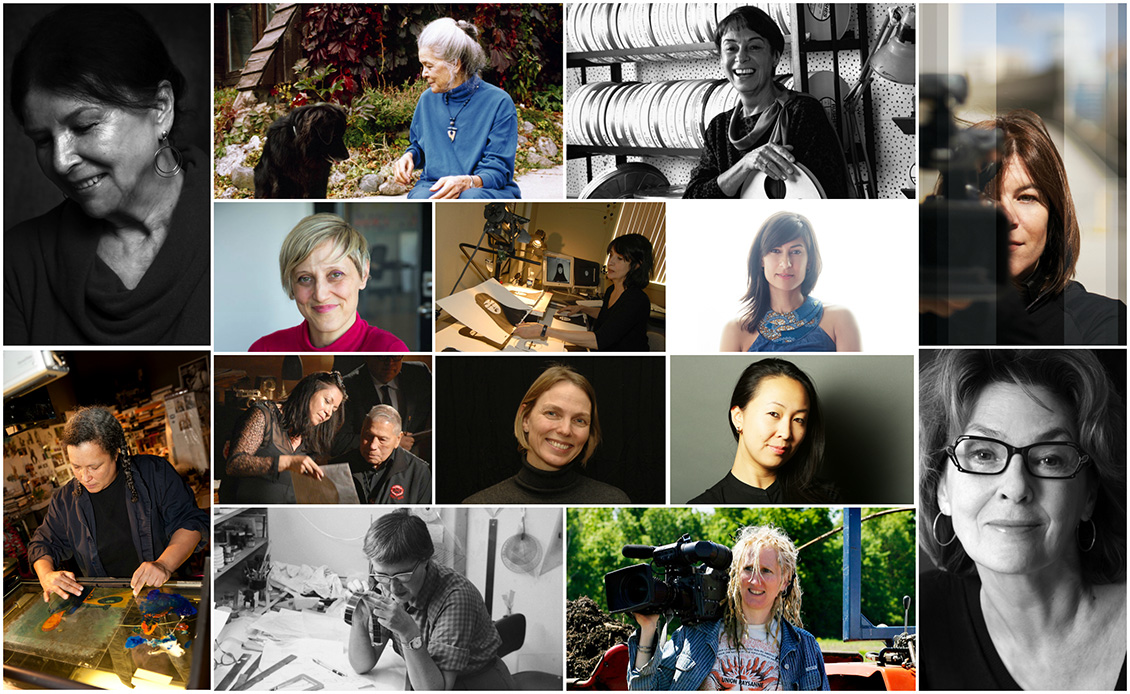
The legendary Studio D, home of the world’s first women’s production unit, is an example of the NFB’s pioneering efforts in supporting the work of women filmmakers. In keeping with this trailblazing tradition, the NFB became the first public institution in Canada to promote gender parity. In 2016, the NFB made a formal commitment to ensure that half of its productions would be directed by women and half of production spending would be allocated to projects directed by women. This commitment is ongoing and has been extended to other creative positions, including screenwriting, editing, cinematography and music composition.
Links:
INDIGENOUS CINEMA
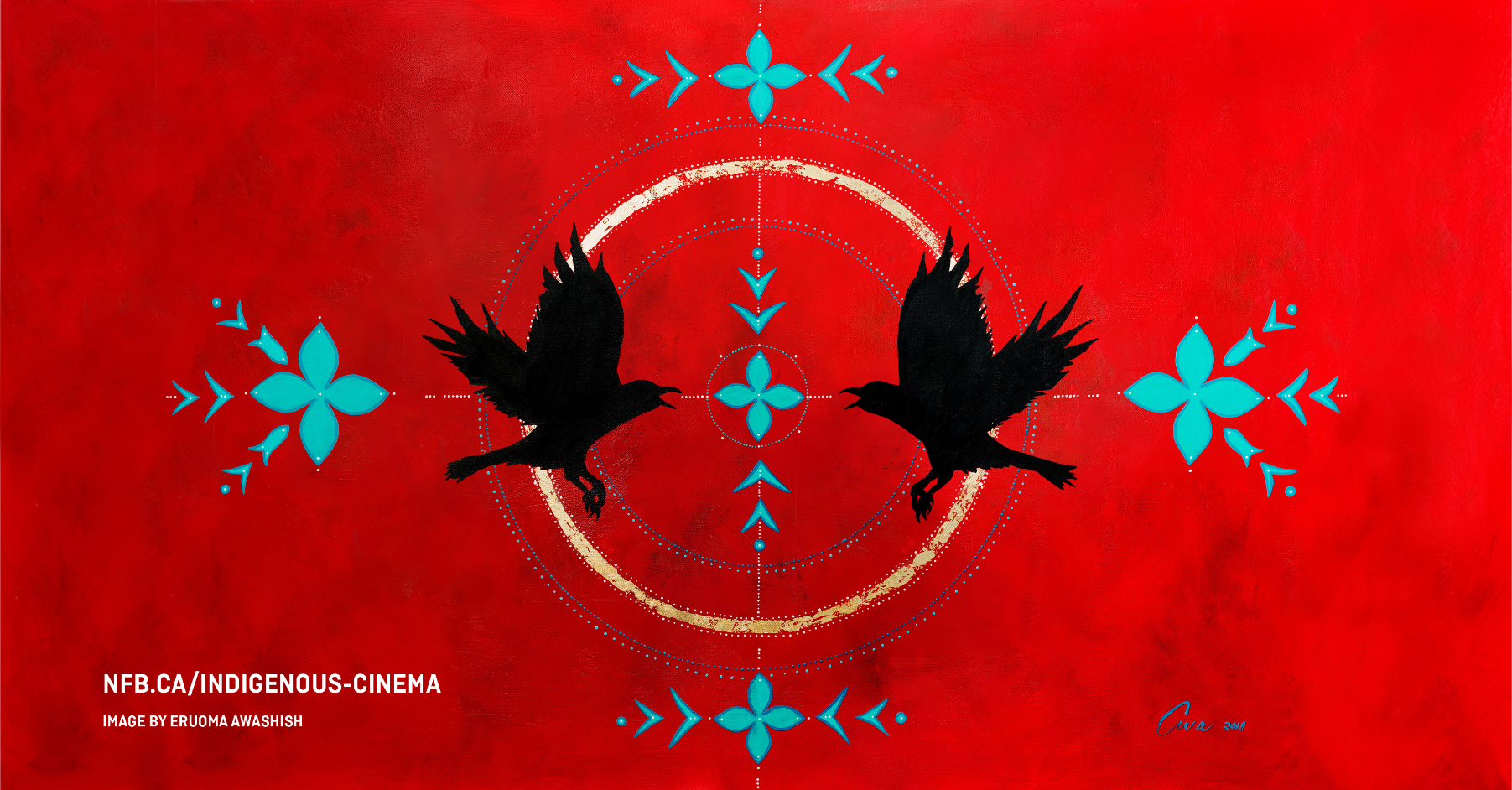
Though Indigenous Peoples have been the subject of many NFB films over the years, their experiences were rarely depicted by Indigenous creators. Today, the NFB has produced or co-produced more than 460 works by First Nations, Métis and Inuit filmmakers—a collection that pushes past dominant narratives and provides Indigenous perspectives to Canadian and global audiences. An early voice, now revered as the world’s most prolific and influential Indigenous filmmaker, is the NFB’s Alanis Obomsawin. A member of the Abenaki Nation, Obomsawin has directed 65 films to date in a career spanning 55 years—more than a half-century of sharing her people’s stories with urgency, compassion and cinematic power.
Building on these important creative histories and guided by the recommendations of Canada’s Truth and Reconciliation Commission, the NFB is undertaking an action plan that includes a series of commitments, such as ensuring that Indigenous-led production represents a minimum of 15 percent of the NFB’s total production spending. In doing so, the NFB benefits from a vibrant creative force in Canada while promoting greater understanding and reconciliation among Indigenous and non-Indigenous Canadians.
Links:
Equity, diversity and inclusion
In 2021, the NFB laid out its objectives and commitments toward equity, diversity and inclusion in a plan aimed at creating long-lasting and meaningful changes that will make the organization equitable, inclusive and diverse. In 2023, the NFB made a commitment that by March 31, 2025, more than 30% of its productions and co-productions underway at that time will be directed by artists and filmmakers who self-identify as Black and People of Colour.
THE BIRTHPLACE OF QUEBEC’S CINEMA
As a Quiet Revolution transformed Quebec society, the Montreal studio became the focal point for the birth of Quebec’s cinema.
Under leaders like Guy Roberge, the NFB’s first francophone commissioner, from 1957 to 1966 – as well as pioneering figures lire Jacques Bobet and Pierre Juneau – the NFB brought together a critical mass of young visionary francophone Quebec filmmakers.
Filmmakers:
Hubert Aquin, Denys Arcand, Michel Brault, Marcel Carrière, Gilles Carle, Gilles Groulx, Claude Fournier, Claude Jutra, Pierre Perrault

Left to right: Wrestling, September Five at Saint-Henri, Michel Brault and Pierre Perrault during filming of Pour la suite du monde.
Landmark Quebec films such as :
- Les Raquetteurs, 1958, d. Michel Brault and Gilles Groulx
- Golden Gloves, 1961, d. Gilles Groulx
- La Lutte, 1961, d. Michel Brault, Marcel Carrière, Claude Fournier and Claude Jutra
- À St-Henri le cinq septembre, 1962, d. Hubert Aquin
- Pour la suite du monde, 1962, d. Michel Brault, Marcel Carrière and Pierre Perrault
- Le chat dans le sac, 1964, d. Gilles Groulx
- La vie heureuse de Léopold Z, 1965, d. Gilles Carle
- Mon oncle Antoine, 1971, d. d. Claude Jutra – widely regarded as the greatest Canadian film of all time
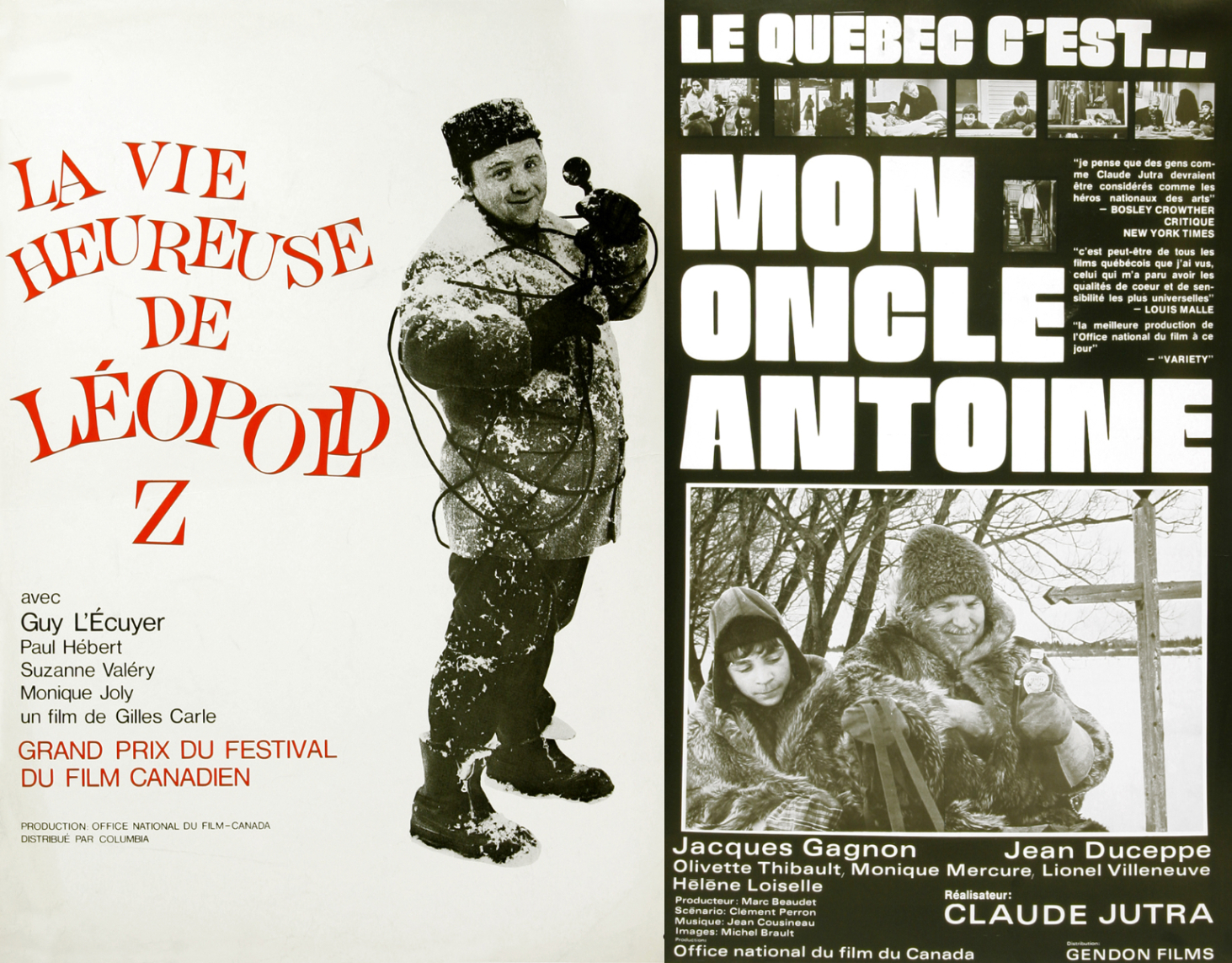
Link: Explore films by director
GROUNDBREAKING ENGLISH-LANGUAGE PRODUCTION
Originally formed in 1948, the pioneering ‘’Unit B’’ arrived in Montreal with producer Tom Daly heading a talented team that of cinematic innovators: Norman McLaren, already a legend in his own right, alongside such greats as Colin Low, Roman Kroitor, Terence Macartney-Filgate, Stanley Jackson, Robert Verall and prolific composer Eldon Rathburn, to name but a few.
- Candid Eye, 1958, d. Terence Macartney-Filgate, 1958
Building on NFB breakthroughs in light-weight film technology, and influenced by the work of French photographer and Henri Cartier-Bresson, the Candid Eye series was one of the NFB’s very first experiments in cinema vérité and has been credited as helping to inspire a revolution documentary storytelling.
Other landmark works

Left to right: images from the films Lonely Boy, Universe and Very Nice, Very Nice.
- Lonely Boy, 1962, d. Wolf Koenig and Roman Kroitor – a cinéma vérité look at Canadian teen idol Paul Anka that was a substantial influence on Peter Watkins and his 1967 film about a fictional popstar, Privilege.
- Universe, 1960, d. Colin Low and Roman Kroitor – which was an important influence for Stanley Kubrick on 2001: A Space Odyssey, including the use of film’s narrator, Canadian actor Douglas Rain, as voice of HAL.
- City of Gold, 1957, d. Colin Low and Roman Kroitor – whose innovative use of animation camera and archival photographs became an inspiration for U.S. documentarian Ken Burns.
- Experimental Montreal filmmaker Arthur Lipsett began working with the NFB in 1958, going to create pioneering collage films such as Very Nice, Very Nice (1961) and 21-87 (1963) – work that would have an influence on a young California film student named George Lucas.
Link: Explore films by director
MONTREAL AS A WORLD CENTRE FOR ANIMATION
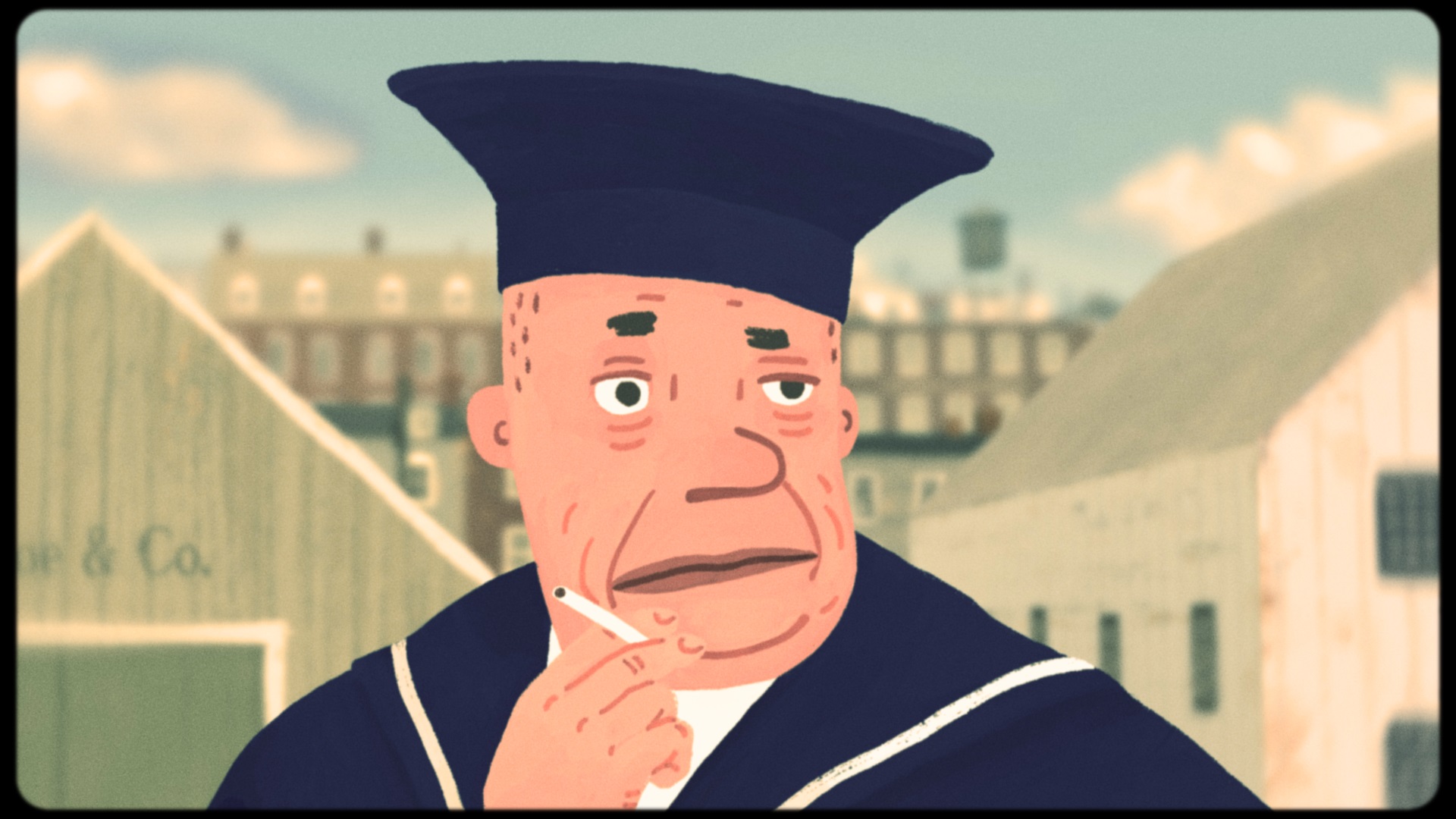
The Flying Sailor
The NFB has been home to decades of animation excellence, with two Oscar-winning production units that have helped to establish Montreal as a world-class centre for groundbreaking auteur animation.
- McLaren’s first film in Montreal was the acclaimed pixilation short A Chairy Tale (1957), a collaboration with Claude Jutra that underscored the greater opportunities offered for new ventures between English-Canadian and francophone Quebec filmmakers in the NFB’s new home, which at the time was on Côte de Liesse Road.
- In 1966, the NFB’s new French Program animation studio was created, under the leadership of René Jodoin:
- Jodoin produced two Academy Award-nominated animated shorts: La faim, by Peter Foldes and Monsieur Pointu, by André Leduc and Bernard Longpré, as well as Balablok by Bretislav Pojar, winner of the Grand Prix du Festival for Short Film at the Cannes Film Festival.
- The Studio would also produce such works here as Co Hoedeman’s 1977 Oscar winner Le château de sable.
- The NFB’s English Animation Unit in Montreal has produced or co-produced five Academy Award-winning films: Eunice Macaulay and John Weldon’s Special Delivery (1978), Eugene Fedorenko’s Every Child (1979), Alison Snowden and David Fine’s Bob’s Birthday (1994), Chris Landreth’s Ryan (2004), and mostly recently, Torill Kove’s The Danish Poet (2006).
Interactive and immersive works

From 2009 to 2024, the interactive studios in Montreal and Vancouver were fertile ground for inventive and novel ways of telling stories, a space where new methods of describing the world were emerging. These innovative works—groundbreaking documentaries and animation, mobile content, installations and participatory experiences—have won more than 100 awards, including 21 Webbys.
To see these works, visit nfb.ca/interactive.
IN THE LABYRINTH, THE BIRTH OF IMAX

Left to right: Hugh O’Connor, Colin Low and Roman Kroitor; exterior view of the Labyrinth at the Expo 67 site.
When Montreal played host to the world at Expo 67, the NFB’S groundbreaking multi-screen presentation In the Labyrinth at the Labyrinth pavilion was one of the star attractions at the world’s fair, attracting over 1.3 million visitors in 1967.
Co-directed by Roman Kroitor, Colin Low and Hugh O’Connor, In the Labyrinth helped set the stage for the development of the Canadian IMAX giant-screen film format, with Kroitor leaving the NFB to work on his new company.
The NFB’s Montreal studio would continue to make giant-screen motion picture history with such films as Transitions (1986) the first full-colour 3D IMAX film and Momentum (1992), the first 48fps IMAX HD film.

Photos taken during the filming of Transitions and Momentum.
CHALLENGE FOR CHANGE
An NFB participatory film and video project originally created for Canada’s Centennial year, Challenge for Change/Société nouvelles created a new model of community-based media, from its base in Montreal. In total, the program would lead to the creation of over 200 films and videos: approximately 145 works in English and more than 60 in French, from 1967 to 1980.
Includes such works as:
- Colin Low’s 27 Fogo Island films, 1967-1968
- Saint-Jérôme, 1968, d. Fernand Dansereau
- VTR St-Jacques, 1969, d. Bonnie Sherr Klein – a pioneering community video project
- La noce est pas finie, 1971, d. Léonard Forest
- En tant que femmes, 1972, d. Anne Claire Poirier – a landmark series broadcast on SRC
- Working Mothers Series, 1974-1975, d. Kathleen Shannon

Left to right: The Children of Fogo Island, Saint-Jérôme and director Léonard Forest (centre) during the filming of La noce est pas finie.
THE NFB COMMISSIONER: SUZANNE GUÈVREMONT

Photo by Bénédicte Brocard
In November 2022, Suzanne Guèvremont became the 17th Government Film Commissioner and Chairperson of the National Film Board of Canada. Named to a five-year term, she is the third woman and first Francophone woman to hold this position.
With more than 25 years’ management experience in the higher education, culture and technology sectors, Ms. Guèvremont has been recognized for her significant contributions to the development and vitality of Quebec’s creative industries, particularly 3D animation, visual effects, video games, and immersive experiences. She was the Director of Montreal’s École des arts numériques, de l’animation et du design (NAD-UQAC) from 1999 to 2022, and under her leadership the school became a globally recognized university. Ms. Guèvremont signed several international partnership agreements, notably for a combined diploma program with Tianjin University of Technology in China. From 2018 to 2020, working with a mandate from the Quebec Ministry of Higher Education, she founded SYNTHÈSE – Pôle Image Québec, which promotes collaboration among the worlds of education, research, creation, and creative firms in the digital field.
Ms. Guèvremont has served on a number of boards of national organizations, including CBC/Radio-Canada and the Bell Fund, as well as Quebec’s Société de développement des entreprises culturelles (SODEC) and the Alliance numérique. In addition, she is a sought-after speaker, both in Canada and internationally.
Ms. Guèvremont is a certified Corporate Director (C.Dir. – ASC, 2021), has a graduate diploma in business administration from HEC Montréal (1997), is a past member of the Barreau du Québec (1993–2012), and holds a bachelor’s degree in Legal Science from Université du Québec à Montréal (1992).
Film Commissioners over the years
As stipulated in the National Film Act of 1950, the person who holds the position of Government Film Commissioner is the head of the National Film Board of Canada (NFB). As such, he or she is responsible for the administration of the Board, directs its activities and, subject to its by-laws, exercises in the Board’s name all the powers granted to the organization.
In addition to advising the Governor in Council on film matters, the Commissioner is mainly involved in the long-term planning of activities at the NFB, in developing its resources, clarifying its general policies and formulating its production policies.
The Commissioner is appointed for a five-year term, subject to removal for cause by the Governor in Council, upon the recommendation of the NFB.
Claude Joli-Cœur
2019–2022 (second term)
Claude Joli-Cœur
2014–2019 (first term)
Tom Perlmutter
2007–2013
Claude Joli-Coeur
2006–2007 (interim)
Jacques Bensimon
2001–2006
Sandra M. Macdonald
1995–2001
Joan Pennefather
1989–1994
François N. Macerola
1984–1988
James de Beaujeu Domville
1979–1984
André Lamy
1975–1979
Sydney Newman
1970–1975
Hugo McPherson
1967–1970
Grant McLean
1966–1967 (interim)
Guy Roberge
1957–1966
Albert William Trueman
1953–1957
Arthur Irwin
1950–1952
Ross McLean
1947–1950
1945–1947 (interim)
John Grierson
1939–1945
NFB Pause
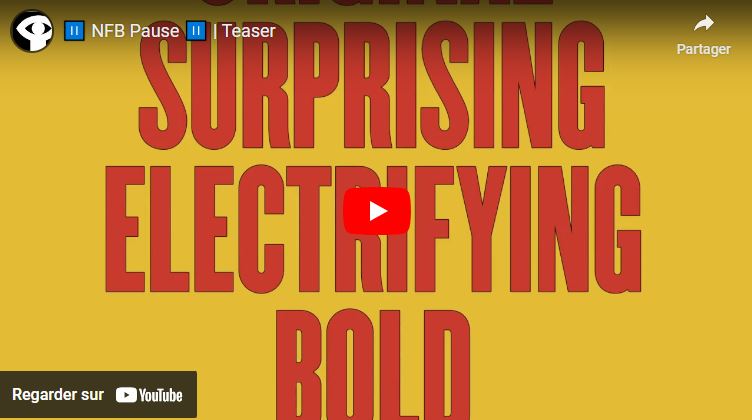
View all NFB Pause videos.
Contact the NFB publicist to obtain high-resolution images for printing.
Images
Loading...
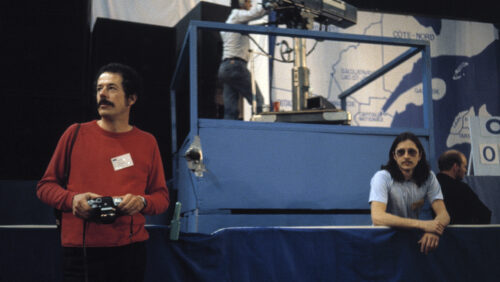
Download
Loading...
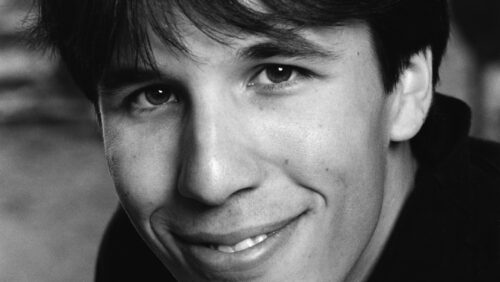
Download
Loading...
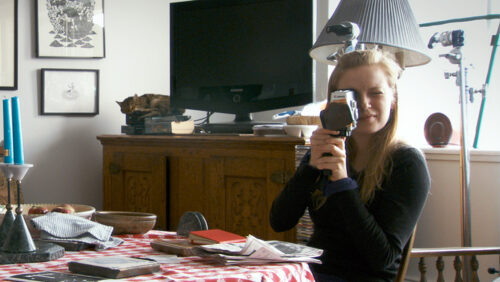
Download
Loading...
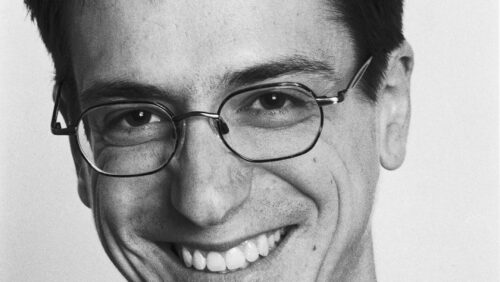
Download
Loading...
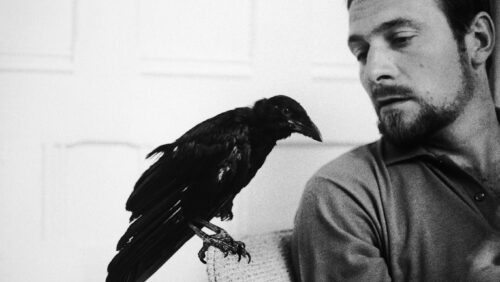
Download
Loading...
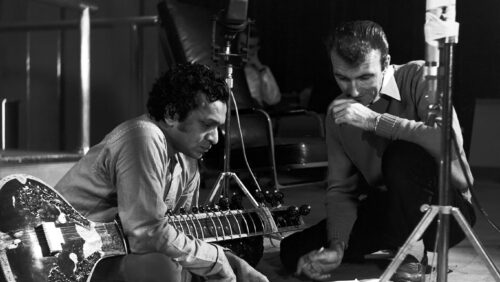
Download
Loading...

Download
Loading...
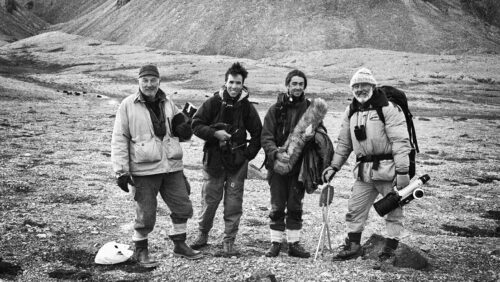
Download
Loading...
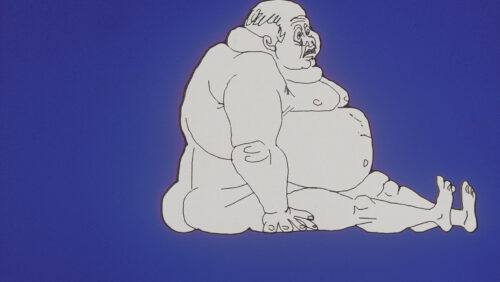
Download
Loading...
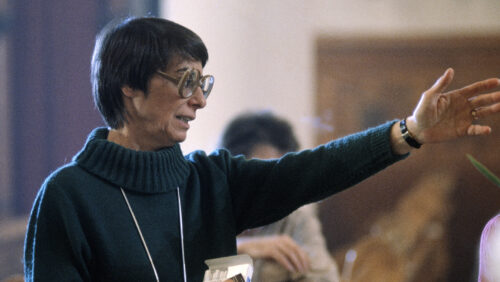
Download
Loading...
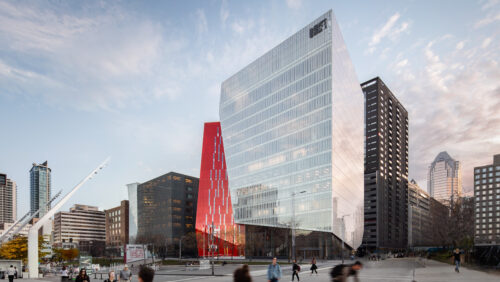
Download
Loading...
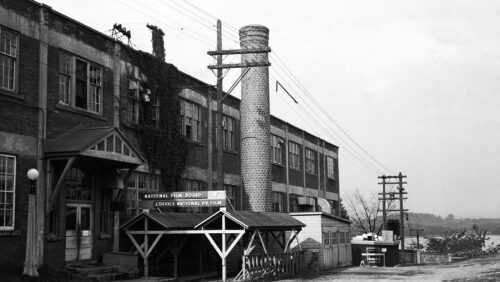
Download
Loading...
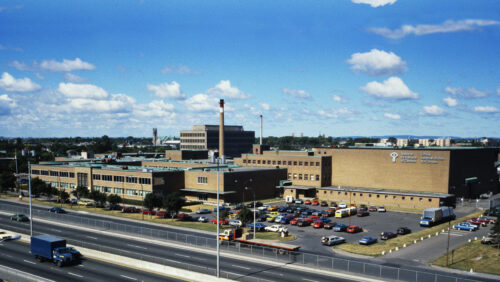
Download
Loading...
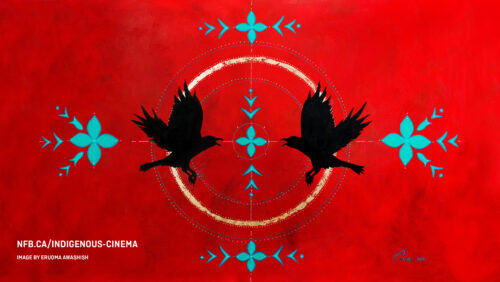
Download
Loading...
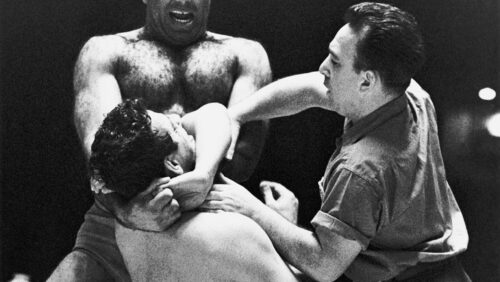
Download
Loading...
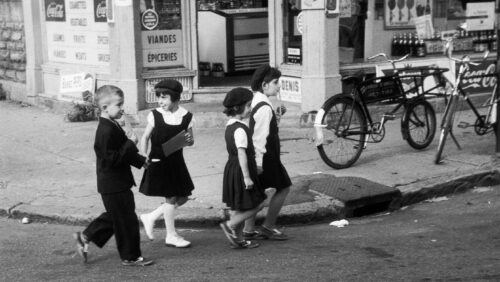
Download
Loading...
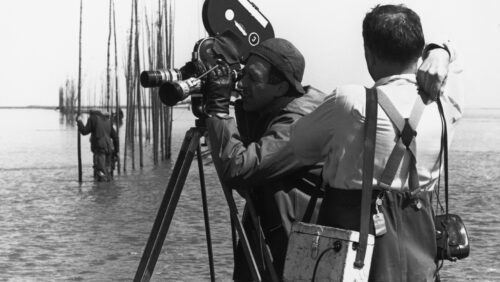
Download
Loading...

Download
Loading...
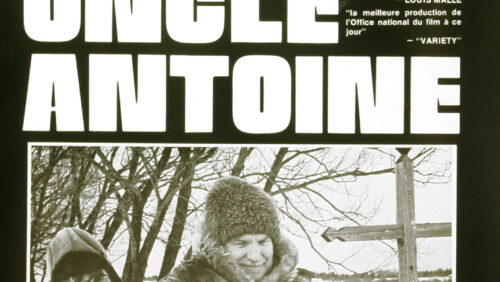
Download
Loading...
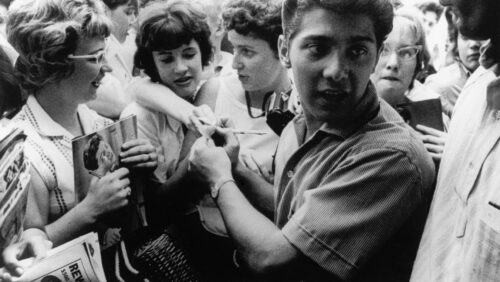
Download
Loading...
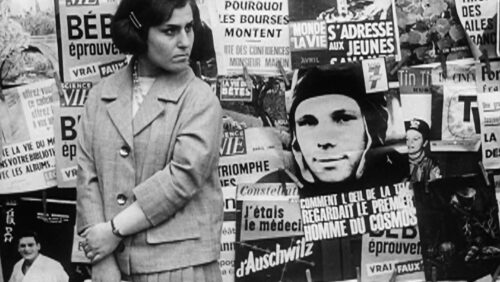
Download
Loading...
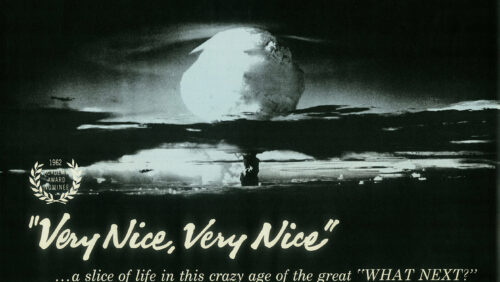
Download
Loading...
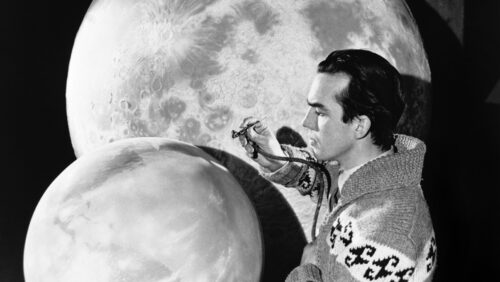
Download
Loading...
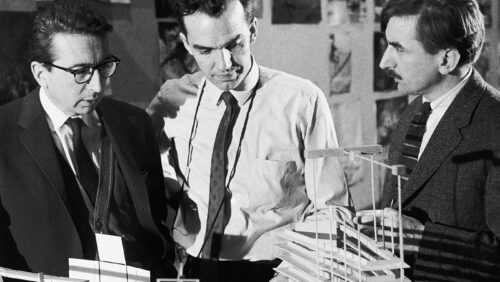
Download
Loading...
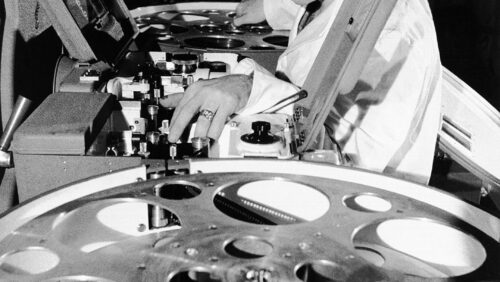
Download
Loading...
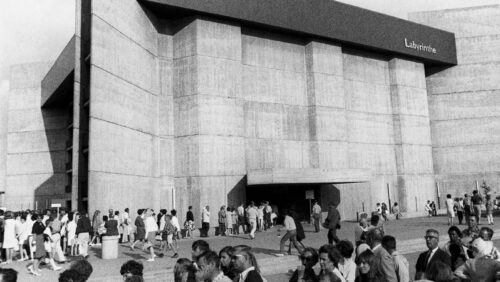
Download
Loading...
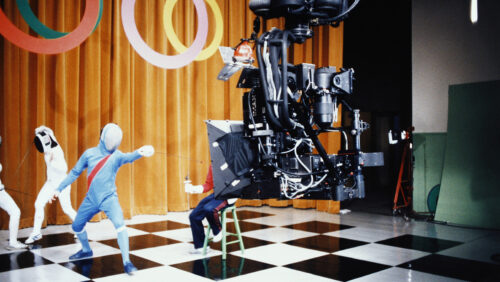
Download
Loading...
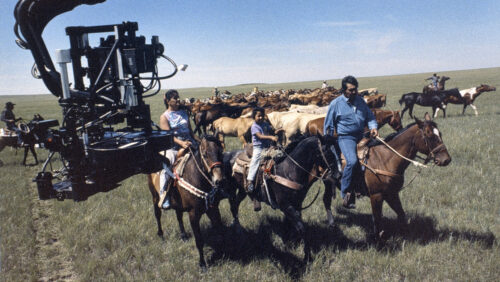
Download
Loading...
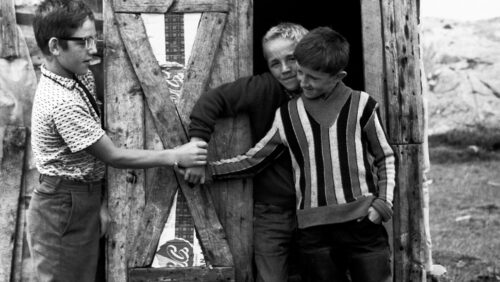
Download
Loading...
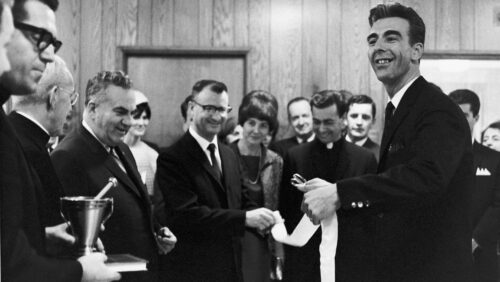
Download
Loading...
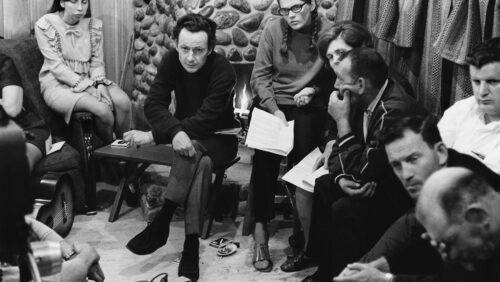
Download
Loading...

Download
Media Relations
-
About the NFB
For more than 80 years, the National Film Board of Canada (NFB) has produced, distributed and preserved those stories, which now form a vast audiovisual collection—an important part of our cultural heritage that represents all Canadians.
To tell these stories, the NFB works with filmmakers of all ages and backgrounds, from across the country. It harnesses their creativity to produce relevant and groundbreaking content for curious, engaged and diverse audiences. The NFB also collaborates with industry experts to foster innovation in every aspect of storytelling, from formats to distribution models.
Every year, another 50 or so powerful new animated and documentary films are added to the NFB’s extensive collection of more than 14,000 titles, half of which are available to watch for free on nfb.ca.
Through its mandate, its stature and its productions, the NFB contributes to Canada’s cultural identity and is helping to build the Canada of tomorrow.